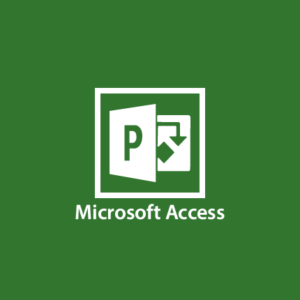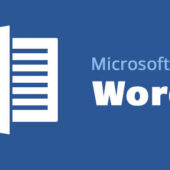Microsoft Project
Microsoft Project ![]() is a project management software product, developed and sold by Microsoft. It is designed to assist a project manager in developing a schedule, assigning resources to tasks, tracking progress, managing the budget, and analyzing workloads.
is a project management software product, developed and sold by Microsoft. It is designed to assist a project manager in developing a schedule, assigning resources to tasks, tracking progress, managing the budget, and analyzing workloads.
Microsoft Project was the company’s third Microsoft Windows-based application. Within a few years after its launch, it became the dominant PC-based project management software.
It is part of the Microsoft Office family but has never been included in any of the Office suites. It is available currently in two editions, Standard and Professional. Microsoft Project’s proprietary file format is .mpp.
Microsoft Project and Microsoft Project Server are the cornerstones of the Microsoft Office enterprise project management (EPM) product.
Features
Microsoft Project 2007 showing a simple Gantt chart
The project creates budgets based on assignment work and resource rates. As resources are assigned to tasks and assignment work estimated, the program calculates the cost, equal to the work times the rate, which rolls up to the task level and then to any summary tasks and finally to the project level. Resource definitions (people, equipment, and materials) can be shared between projects using a shared resource pool. Each resource can have its own calendar, which defines what days and shifts a resource is available.
Resource rates are used to calculate resource assignment costs which are rolled up and summarized at the resource level. Each resource can be assigned to multiple tasks in multiple plans and each task can be assigned multiple resources, and the application schedules task work based on the resource availability as defined in the resource calendars.
All resources can be defined in labels without limit. Therefore, it cannot determine how many finished products can be produced with a given amount of raw materials. This makes Microsoft Project unsuitable for solving problems of available materials constrained production. Additional software is necessary to manage a complex facility that produces physical goods.
The application creates critical path schedules, and critical chain and event chain methodology third-party add-ons also are available. Schedules can be resource leveled, and chains are visualized in a Gantt chart. Additionally, Microsoft Project can recognize different classes of users. These different classes of users can have differing access levels to projects, views, and other data. Custom objects such as calendars, views, tables, filters, and fields are stored in an enterprise global which is shared by all users.
Editions
The project is available in two editions, Standard and Professional; both editions are available either as 32 or 64bit options. The Professional edition includes all the features of the Standard version, plus more features like team collaboration tools and the ability to connect to Microsoft Project Server.
Project 2010
Microsoft Project 2010 includes the Fluent user interface known as the Ribbon.
Interoperability
Microsoft Project’s capabilities were extended with the introduction of Microsoft Office Project Server and Microsoft Project Web Access. Project Server stores Project data in a central SQL-based database, allowing multiple, independent projects to access a shared resource pool. Web Access allows authorized users to access a Project Server database across the Internet and includes timesheets, graphical analysis of resource workloads, and administrative tools.
1. User-controlled scheduling user:- controlled scheduling offers flexible choices for developing and managing projects.
2. Timeline:- The timeline view allows the user to build a basic Visio-style graphical overview of the project schedule. The view can be copied and pasted into PowerPoint, Word, or any other application.
3. SharePoint 2010 list synchronization:- SharePoint Foundation and Project Professional project task status updates may be synchronized for team members.
4. Inactive tasks:- helps experiment with project plans and perform what-if analysis Team Planner view the new Team Planner shows resources and work overtime, and helps spot problems and resolve issues.




